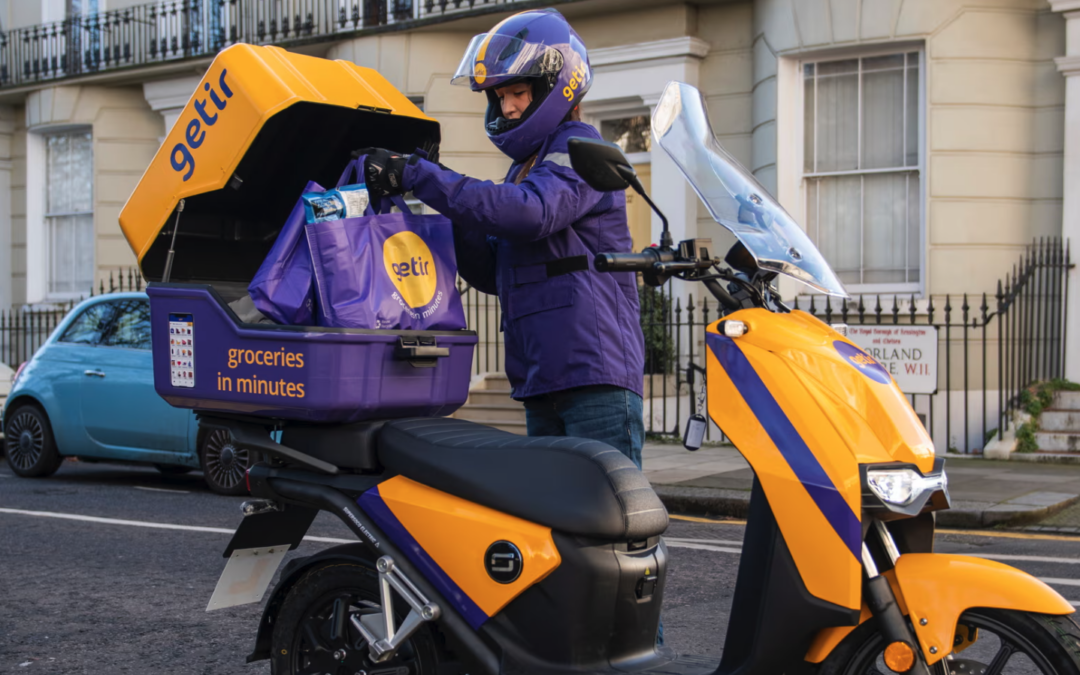Contributing editor, Peter Backman is a long-term foodservice sector guru and founder of theDelivery.World, a platform that connects the delivery sector and makes sense of the myriad changes and challenges that affect the sector across the globe.
The transformation of the grocery delivery sector is a hallmark of the digital age, reflecting a shift towards convenience and efficiency worldwide. This shift is characterized by restaurant delivery platforms expanding into groceries and traditional supermarkets digitizing to remain competitive.
UberEats and Just Eat Takeaway are redefining their roles by integrating grocery delivery services and capitalizing on their logistics networks to offer speed and convenience. In South America for example, Rappi’s expansion into groceries alongside restaurant deliveries underlines the potential for platforms to serve multiple consumer demands simultaneously. In the UK, UberEats has successfully partnered with supermarkets demonstrating a flexible approach to meeting diverse consumer needs.
European supermarkets like the UK’s Tesco and Sainsbury’s are pioneering rapid delivery solutions, Tesco with its same-day service and Sainsbury’s through its Chop Chop app. French supermarket, Carrefour, is adapting too, launching Carrefour Sprint in France for fast deliveries and leveraging technology partnerships in the UAE to enhance its service offerings.
In Australia, Woolworths and Coles are embracing digital transformation with initiatives like ‘Delivery Now’ and ‘dark stores’, aimed at refining online grocery shopping and delivery.
Specialized grocery delivery companies are making significant inroads. Getir, originating in Turkey, offers a model of ultra-fast delivery that has expanded across Europe, while India’s Big Basket has carved out a substantial market share by combining a wide product range with efficient logistics. In the Middle East, InstaShop connects consumers with local supermarkets, providing a seamless shopping experience that underscores the global reach of grocery delivery innovations.
Advances in AI, machine learning, and blockchain are streamlining operations from inventory management to delivery logistics, aligning with consumers’ growing preference for quick and reliable service. The pandemic further accelerated this trend, with more consumers turning to online grocery shopping as a convenient and safe alternative in conditions of lockdown.
As the sector expands, it encounters diverse regulatory landscapes. Europe’s focus on gig economy regulations, Japan’s stringent food safety standards, and evolving e-commerce laws in the UAE and India, represent the complex regulatory framework within which these services operate.
The rapid grocery delivery market is at a crucial juncture, with traditional chains and digital platforms evolving in response to technology, consumer demands, and regulatory pressures. The integration of services like UberEats, the strategic digital efforts of Tesco and Carrefour, and the rise of specialists like Getir and Big Basket illustrate a sector in transformation.
This narrative captures the sector’s dynamic nature, showcasing how innovations by rapid grocery companies and specialist apps, alongside adaptations by traditional supermarkets and restaurant delivery services, are shaping the future of grocery shopping. As the industry continues to navigate technological advances and regulatory environments, the focus remains on delivering convenience, speed, and efficiency to consumers worldwide.


